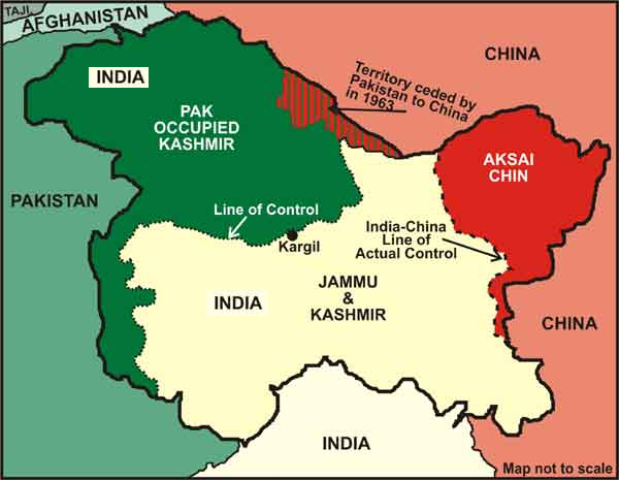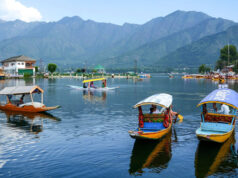 Sri Nagar : Integration of technology in governance to ensure quick, transparent and smooth delivery of various services provided by a state to its a citizen has become the next goal of governments the world over.
Sri Nagar : Integration of technology in governance to ensure quick, transparent and smooth delivery of various services provided by a state to its a citizen has become the next goal of governments the world over.
The IT revolution in mid 90’s in India, initiated a closer scrutiny of Government’s performance and sparked a debate about utilizing the emerging technologies for creating more efficient systems in the public sector. India embarked on an ambitious path of digitising service delivery and governance. With close to 700 million connections, India has the largest broadband users in the world. There are about 696 million Indians using smartphones with the lowest cost of data anywhere in the world at about 9 cents per Gigabyte. This digital infrastructure, created with significant push from the Government, has led to revolutions in the fields of financial inclusion, education, health and many other sectors.
The journey though has been part exuberance and part challenges. For example, in the Union territory of Jammu and Kashmir, political instability has for over a decade stymied the efforts to charter a similar course of digitizing governance. In the past two years, the efforts have been renewed with a new push for creating digital infrastructure, expanding usage and simplifying processes.
In 2019, the Government began a program to Digitise offices, create public grievance cells and scorecards to evaluate the work of local Government institution. Months of efforts bore fruit in July 2021, when the local government institutions at the village level in Jammu and Kashmir were integrated into the digital world. As the village folk would now only have to take few steps for various Government services, this infrastructure development has become the proverbial giant leap towards inclusive development,
Another digital disruption which has positively impacted the lives of people in Jammu and Kashmir is the digitisation of the apple trade. Jammu and Kashmir contributes over 55 percent to India’s apple exports, however apple prices had been steadily declining for nearly a decade in Kashmir. After a market intervention scheme was initiated in 2019 for Government to directly procure the produce and digitally transfer payments to the cultivators, the apple markets have recorded an upswing in prices.
Before the COVID-19 pandemic made it necessary for children to be educated online, Jammu and Kashmir had begun integrating teachers and students into the knowledge network program allowing children to access schooling content online. After the COVID
-19 pandemic struck, the Government renewed its push for creating IT labs and Computer Aided learning centers in remote areas to help children keep up with their education. Digital integration in remote areas has also helped the local institutions in Jammu and Kashmir to provide basic health services online, which has aided both the Government and citizens in managing COVID. To rationalise Covid-19 vaccine flow and distribution an application has been built to asses vaccine requirements, emergency
management of vaccine logistics, route planning of vaccines, and stock reallocation.
No effective systems can be built without an efficient complaint box. Recently, Jammu and Kashmir launched two mobile applications which allow its residents to register and track their grievances. A newly introduced digital platform also allows citizens to track public spending and funds allocated for all infrastructure and construction work.
Jammu & Kashmir, despite its challenges, is firmly on the path of digital disruption. From the routine such as purchasing daily rations to the special such as procuring a birth certificate or registering a new business, residents of Jammu and Kashmir only have to look at their phones.










